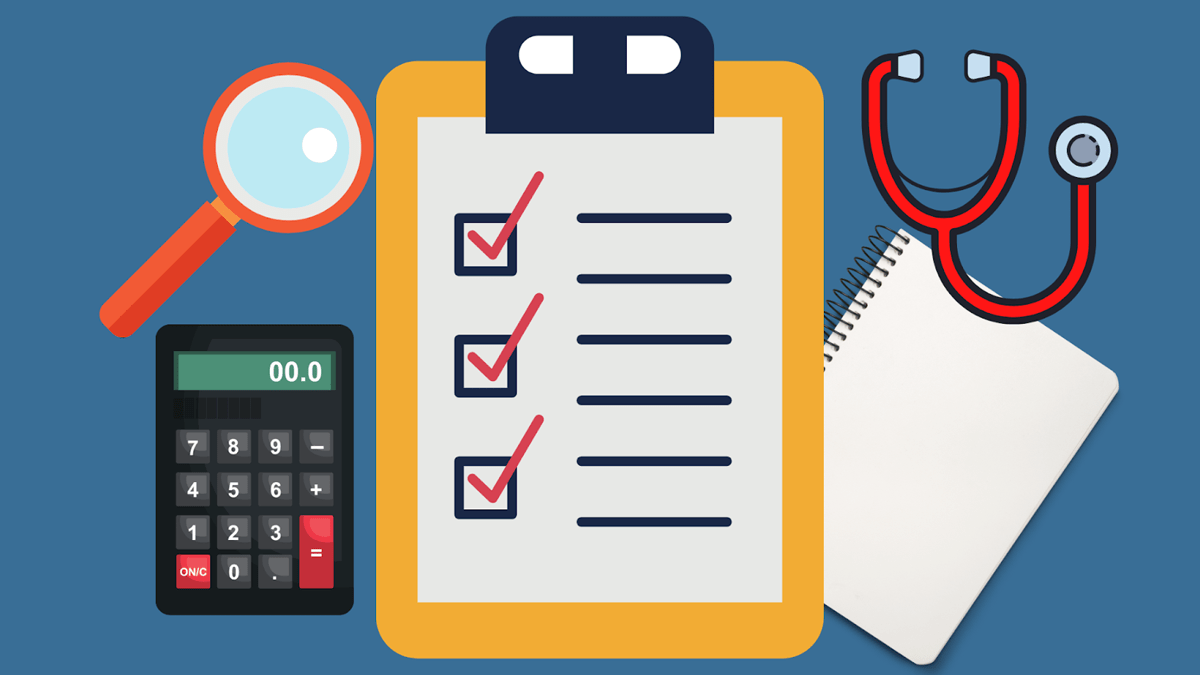From the moment data is entered electronically into a patient chart, the prior authorization process begins. For care to be obtained, prior authorizations have to be identified and submitted with the right codes, approvals, and follow-up. The majority of health plan denials are attributable to prior authorizations, eligibility, and medical necessity rules. Currently, hospitals and health systems have a wide variety of policies regarding prior authorization. Add to that the need to search for data in multiple payer portals, PM systems, and EHR, and move the information manually to a single system, well, it’s easy to see how the process is broken. In addition, a manual process creates a higher risk for errors, which can result in downstream denials and resubmissions.
Why is the System Broken?
According to a study by the American Medical Association (AMA) in 2019, a significant majority of physicians (85%) said the burdens associated with prior authorization were extremely high, despite efforts from policymakers to streamline the process. The AMA went on to state that prior authorizations did not get better in 2020, but rather got worse:
- Prior authorization issues are associated with 92% of care delays
- Two out of five physicians (40%) have to employ staff members to work exclusively on tasks associated with prior authorization
- Practices spent an average of two business days (16 hours) of physician and staff time
We see the same with our customers and, based on their experiences, think these numbers are even higher. With all of the technology advancements over the last decade, you would think that the prior authorization process could be less painful. Yet in 2021, the process feels more manual and labor intensive than ever. This is why automation is such a great fit.
Robotic Process Automation (RPA) helps to streamline the prior authorization process by adding efficiencies to a burdensome administrative workflow. RPA is able to:
- Work between multiple systems seamlessly, accurately, and without the need for human involvement
- Check for missing information in systems and web portals
- Reduce payer barriers and system interoperability challenges
- Enhance collectible revenue, and reduce the possibility of downstream claim denials
As payer rules become more complex and increased time and scrutiny is placed on accountability, simply getting paid has become a monumental feat. An automated solution for prior authorizations eliminates these barriers, reduces errors, and improves turnaround time, so that patient care and financial reimbursement are not delayed.
Why Should You Use An RPA Solution vs. AI or Outsourcing?
RPA is a much more affordable solution when compared to AI, offering the same benefits, with far less cost, faster implementation times, and fewer resources. It’s a less costly alternative to outsourcing, with the ability to enter data and perform updates 24/7. Using RPA in the prior authorization process allows you to retain more internal control with 100% accuracy, ensuring fewer claim denials and reducing delays in care.
The benefits are noticeable within the first 6 months:
- 83% reduction in administrative tasks
- 75-80% reduction in prior authorization timelines
- 30% reduction in authorization-related write-offs
Why Boston WorkStation?
At Boston Software Systems, we’ve worked with every EHR system. We have 30+ years of successful revenue cycle management projects under our belt. KLAS gave Boston Software Systems solid A’s in company culture, loyalty, operations, and value.
We keep our promises and state our truths as to what our services can and cannot accomplish. In the process, we create happy customers, 100% of whom would purchase from us again.
- Boston WorkStation was given high scores in overall product quality, and driving tangible outcomes
- Boston WorkStation works as promoted, and delivers a ‘money’s worth’ return on investment
- Boston WorkStation’s ease of use drives the value add
- Boston WorkStation can be implemented quickly and is less expensive than alternative solutions
Why Boston Software Systems?
Don’t pay more for an “AI-powered” solution. Give us a call. We’re happy to demonstrate the value of RPA in the prior authorization process. With most solutions live in <45 days, savings are right around the corner!

